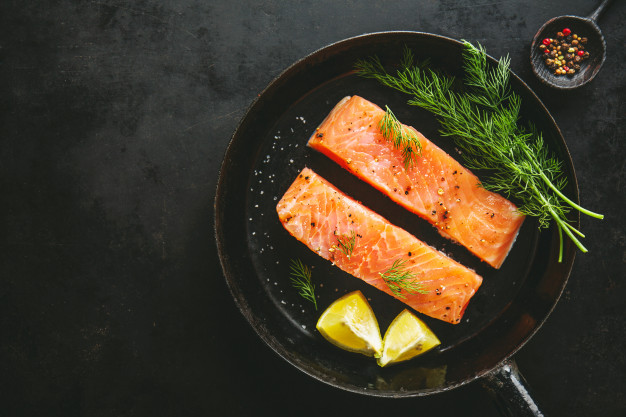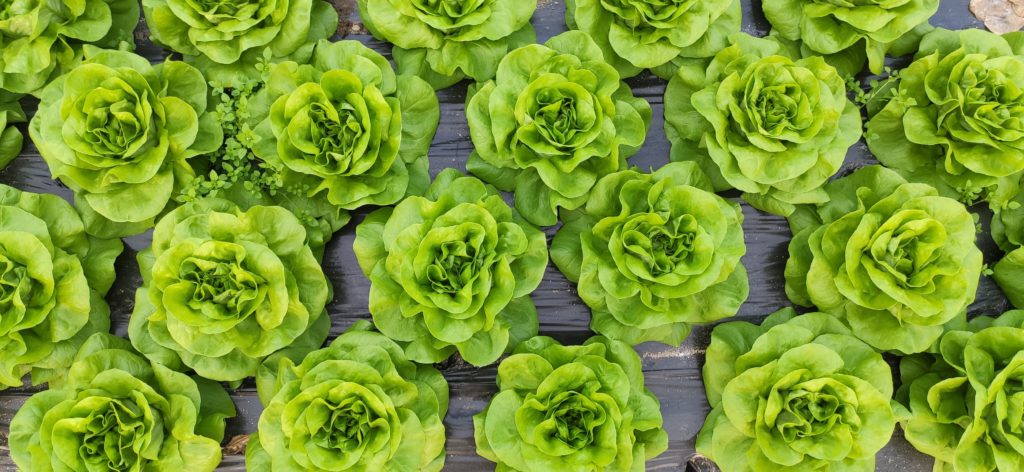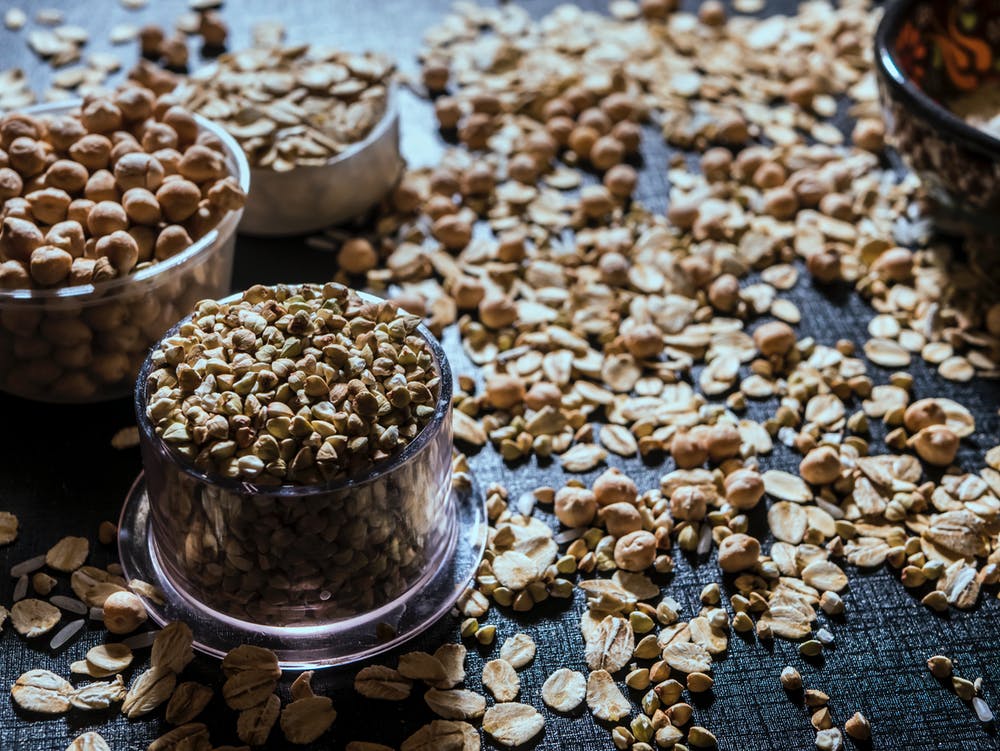What Foods Are High in NAD
What is NAD? NAD stands for nicotinamide adenine dinucleotide, and is a compound that is essential for our metabolism (how we break down food into the micronutrients that our body needs to function). In other words, NAD helps give us energy. NAD is made from amino acids, which primarily come from the proteins we eat […]
Stay Healthy
Get articles that dive deep into the details about functional foods, plant-based nutrition, health, and fitness.
What is NAD?
NAD stands for nicotinamide adenine dinucleotide, and is a compound that is essential for our metabolism (how we break down food into the micronutrients that our body needs to function). In other words, NAD helps give us energy. NAD is made from amino acids, which primarily come from the proteins we eat and are the building blocks of our body tissues. We need NAD to process our foods into usable “pieces” and properly salvage nutrients from our foods.
Our metabolic cycles occur in the mitochondria, which many of us remember having to memorize in high school as “the powerhouse of the cell.” The mitochondria take food that has already been broken into sugar molecules and further break those down into usable subunits of energy called ATP. This cycle requires NAD to function efficiently and correctly, supplying our body with the energy it needs to run. This highlights the necessary role of NAD for our body.
NAD is also involved in signaling between neurons and bladder, intestine, and other body organs. It is also highly active in the brain, and decreases of NAD are known to have a role in several neurodegenerative disorders. Clearly the applications of NAD in the human body are diverse, and research has only touched the tip of the iceberg in terms of what we know about how this interesting molecule functions.
What happens when NAD levels are too low?
Skin cell disease and skin cancer rates rise
Foods that have NAD have been shown to be vital in our response to healing UV-induced DNA damage within our skin cells. When the UV rays from sunlight hit our skin, mutations and damage to DNA in the skin cells occurs, which can lead to cell death (a severe sunburn) or progress to uncontrolled cell replication (a cancerous tumor). Low levels of NAD make the cells unable to heal their DNA and prevent these problems as they normally would, resulting in melanoma (skin cancer) and other skin damage.
Hypoxia begins
Hypoxia refers to low oxygen in your bloodstream, meaning your tissues and body systems are failing to receive the vital oxygen molecules they need to keep running. NAD and hypoxia have long been linked, because of their overlapping functions (oxygen is also needed for metabolism, acting with and on NAD to complete metabolic cycles). Hypoxia can also lead to cancer development in multiple organs.
Heart and cardiovascular health decline
Foods that have NAD have been noted to improve the remodeling of heart tissue following heart failure, a process that is as complex as it is long. In animal trials, higher NAD levels were also correlated with improved recovery from coronary artery disease symptoms and damage. Finally, using NAD as a therapeutic for cardiac disease and vascular dysfunction has repaired damage at a faster rate in mice, compared to those not receiving NAD.
Metabolic disorders rise
Although not all fats are bad (take a look at our article “What Are Healthy Fats?” for more information on good fats), diets high in fat and carbohydrates can lead to health problems. However, in a recent study, mice supplemented with a compound, nicotinamide riboside (NR), that leads to more NAD in the body did not have the same problems as non-supplemented mice when fed a high fat diet. This meant mice feeding on higher fat and carbohydrates did not have the insulin fluctuations indicative of diabetes development or metabolic dysregulation that would be expected as a result of their diet. The mice who received therapeutic NR had similar fasting-blood glucose to mice on normal diets, and had improved skeletal muscle function, as well as better energy expenditure. The increased NAD in their bodies made the mice burn their calories from high fat and sugar foods more efficiently, and their skeletal muscles worked better when they received this therapy.
Neurodegeneration and associated brain disorders increase
NAD is thought to have a role in neuronal resilience. Neurons in the brain carry signals to and from the brain and the rest of the body, keeping us functioning. If neurons begin to die or dysfunction occurs, disorders such as Parkinson’s and Alzheimer’s diseases begin to develop. Metabolites associated with NAD’s metabolic functions have been related to reduced neurodegenerative diseases including Huntington’s and amyotrophic lateral sclerosis, although the mechanism behind how this occurs remains unknown.
Age-related changes in the brain continue to be examined around the globe, and NAD concentrations seem to decrease in the brain as we age. This also suggests that NAD has an important role in neuronal health and overall brain functioning.
What foods are high in NAD?

Dairy milks
Surprisingly, animal milk (unfortunately, this does not include nut and soy milks) is extremely high in NAD. From human to cow to donkey, these milk sources are a great source of NAD, which can also be boosted by the content of vitamin B3 naturally present and occasionally supplemented in milk. Vitamin B3 is also called niacin, and it is a precursor of NAD.
Cow’s milk is also high in nicotinamide riboside (NR) which later becomes NAD when digested. These important precursors in milk are important for protection against glucose intolerance, metabolic diseases, and other disorders, as seen in clinical trials. You can learn more about the benefits and cons of different types of milk in our article, “What Is the Healthiest Milk?”

Tuna, salmon, and other fish
Trout and eel have been noted to have high NAD concentrations in the brain, heart, gills, kidney, liver, and muscle tissues. Of course, the muscle is of special importance, because that’s the white fish tissue that we love to eat. While eel is a less-enjoyed delicacy, it also is a good source of NAD, especially in the liver and muscle. Salmon is another fish whose NAD levels appear to be high, with one study finding that NAD was present in 10 different salmonid fish species. Many other types of fish including tuna and sardines are also good sources of this helpful nutrient.
However, a note of caution accompanies this. While further studies are being conducted, preliminary work has determined that freezing fish can lower the nutritional value, including the NAD content. Fresh fish muscle tissue with little fat is the best source of NAD. While freezing preserves fish for future consumption and is not bad for your health, it does lower the levels of this valuable substance.

Mushrooms are high in NAD!
In addition to being high in NAD themselves, crimini mushrooms are high in niacin, which in turn elevated NAD levels in human clinical trials. Crimini mushrooms in particular are high in NAD, but many varieties of mushrooms have trace amounts of this nutrient. Any mushroom addition to your diet is good, but crimini are the best for NAD content.

Yeast and yeast-containing products high in NAD!
From bread to beer, there are many fermented yeast products that have a permanent place on our plates (or in our glasses). Yeast is a living organism, and like us humans, utilizes NAD for its metabolic cycle. A study on Saccharomyces cerevisiae yeast revealed that the metabolic process utilizing NAD is shockingly similar to humans.
This NAD can be harnessed when we eat yeast-containing products, and results in many of the previously mentioned health benefits. Scientists have noted the importance of NAD content of yeast dating as far back as the 1970’s. While the best sources of NAD from yeast products are still debated, the NAD content of baker’s yeast may be a favorable source for human health, and it is agreed that fermented yeast alcoholic beverages (including beer) are not the best source of NAD.

Green Vegetables high in NAD!
We’ve always been told to eat our greens because they are high in nutrients, and here is another reminder! NAD levels are especially high in broccoli, colored cabbages, calçot, and green onions. Those dark green colored vegetables are typically high in NAD and so many other micronutrients that we need to keep our bodies running smoothly.
Studies are ongoing regarding the potential health consequences of a NAD by-product called NAD(P)H quinone oxidoreductase, which was initially thought to be carcinogenic (cancer-causing); however, there appears to be a complex interplay between the benefits of NAD and consequences of NAD(P)H quinone oxidoreductase. NAD(P)H oxidoreductase from brussels sprouts was also noted to detoxify oxygen radicals, which tend to cause cancer and other cellular problems. More research to clarify this relationship is needed, but for now, we know broccoli, brussels sprouts, and other green vegetables seem to be more beneficial than they are harmful, and should continue to be part of your overall diet.

Whole Grains
Whole grains are another great everyday source of NAD. Cereals, breads, granola bars, bagels, and pastas can all be bought in whole grain varieties, which are good for your health for many reasons. Whole grains contain niacin, vitamin B3, which is a precursor to NAD.
Niacin can be absorbed in the stomach or intestines, and is a quick way to increase NAD levels. However, in many sources of whole grains, such as bread, niacin is poorly absorbed into our bodies. Preferred sources of niacin (later, NAD) include corn flakes, cheerios, and bran flakes. It turns out that being slightly processed makes the NAD more available for absorption, though the mechanics of this remain unknown.

Chicken
Chicken is another animal that uses niacin and NAD for its metabolism, and it shows in the levels found in the meat. An important note regarding chickens is that niacin supplementation has been used experimentally to decrease white fat and increase muscle tone in broiler chickens and hens raised for consumption. Niacin in chicken feed is normal, and varying amounts help chickens grow to the optimal size and tissue type (fat versus muscle) for sale. Overall, chicken tissue is a great source of high levels of NAD and is widely utilized in poultry agriculture to maximize production and profits.
Overall Conclusion
Many mechanisms and functions of NAD in humans and other animals remain unknown. However, we do know that this molecule is essential for metabolism in the mitochondria that provide us with energy to move around and function on a daily basis. A shortage of NAD leads to a host of problems, from the brain to skin to digestion. It’s important to include many of the foods that are high in NAD in your daily diet, including fish, poultry, green vegetables, and mushrooms. Diversity is the spice of life, and, in addition to giving you your healthy dose of NAD, these foods provide a large range of other micronutrients that will leave you feeling good and help maintain your health. So help yourself to a large serving of these healthy dishes, and remember to look for foods high in NAD!
Get our best articles about nutrition, health and fitness.
About Satia
Our Mission is simple. Top quality functional foods from sources that you can trust.
Learn more